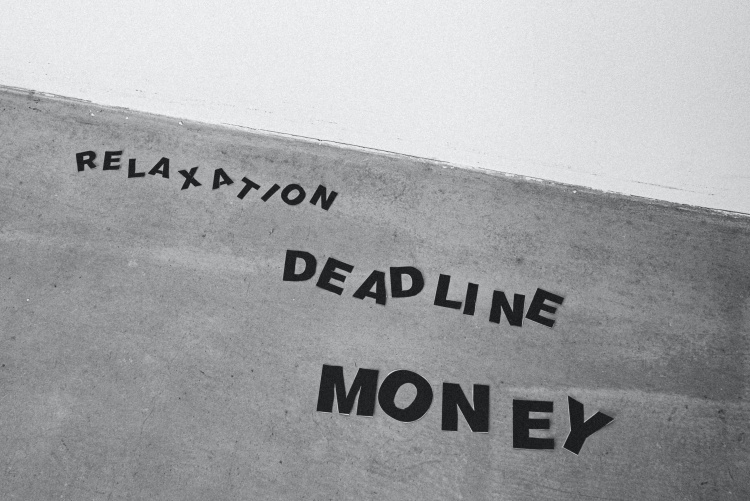The mental health treatment gap – defined as the difference between the number of people who have mental disorders and those who can access appropriate treatment.
A study carried out by World Health Organization (WHO)’s mhGAP Intervention Guide in way shows that LMICs are not human resource poor, but rather that they have abundant resources, which can be cooped into delivery of mental health services.
As to financial scarcity, poverty at individual, familial and national levels often leads to inaccessibility of expensive psychotherapies and unavailability of psychotropic medications in LMICs. Efforts in prioritizing and fostering a team spirit can be crucial in reducing the mental health treatment gap. These may include bringing together different relevant stakeholders at the community level, including any available mental health experts , to engage in participatory dialogues on perceptions of mental illness; impact of mental health on individuals, their families and communities; and human rights and mental health.
Recovery is important that is why three possible strategies have been made feasibly allow us to deliver affordable, available, accessible and evidence‐based mental health services, and to perhaps reduce the treatment gap to levels seen in HICs using the currently available resources.
- Log in to post comments

